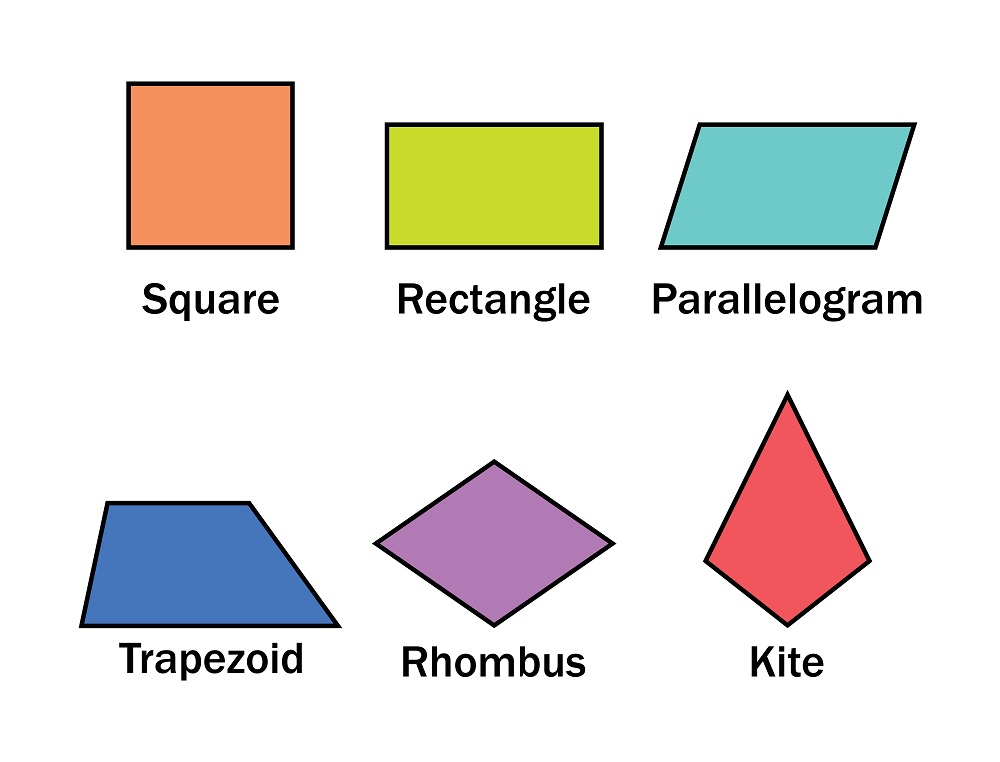Develop subtraction skills Math Worksheets
3 filtered results
-
From - To
Enhance your child's subtraction skills with our engaging Math Worksheets! Designed for young learners, these worksheets offer a variety of fun activities that make mastering subtraction enjoyable. From simple one-digit problems to more challenging exercises, our resources cater to different learning levels, ensuring every child achieves success. Each worksheet is tailored to reinforce understanding through interactive practice and playful themes. Parents and educators can easily access, print, and utilize these worksheets in the classroom or at home. Empower your students with the tools they need to build confidence in subtraction and foster a love for math. Start their learning journey today!


Rainforest Math Worksheet
Developing subtraction skills in children is essential for several reasons that parents and teachers should consider. Firstly, subtraction is a foundational mathematical concept that supports the understanding of more complex operations, such as addition, multiplication, and division. Mastery of subtraction helps children develop a solid number sense, which is crucial as they progress in their mathematical education.
Moreover, strong subtraction skills play a significant role in everyday life. From calculating change while shopping to figuring out time durations, children will use these skills constantly. Enhancing their ability to subtract effectively promotes critical thinking and problem-solving skills, essential for academic success and real-life situations.
Additionally, poor subtraction skills can lead to challenges in more advanced math topics, creating potential gaps in understanding. Parents and teachers must foster these skills early to establish a strong mathematical foundation and build a positive attitude toward math.
Furthermore, regular practice and encouragement can increase a child's confidence, making them more likely to engage with math in school and beyond. Overall, fostering subtraction skills in children is crucial for their academic journey, future success, and everyday functioning, making it a priority for both parents and educators.


 Assign to My Students
Assign to My Students

















